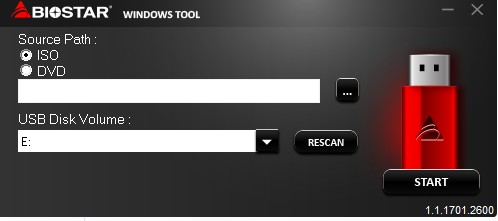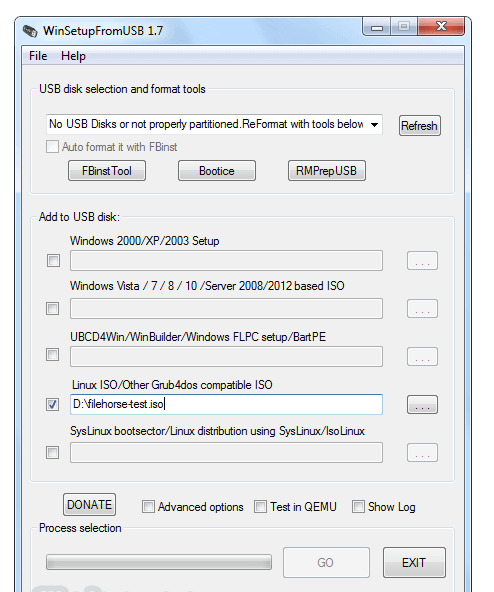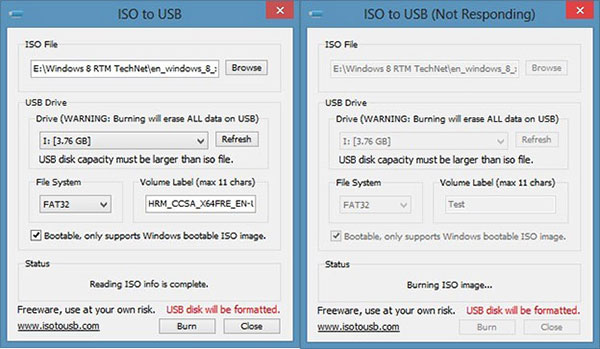
One such software tool is USB Image Tool. Refer to the following message from Ubuntu's mailing list if you want to learn more. You can built-in Windows programs to convert the ISO file, but there are several free programs available as well. Warning: The driver descriptor says the physical block size is 2048 bytes, but Linux says it is 512 bytes.Īll these warnings are safe to ignore, and your drive should be able to boot without any problems. Try making a fresh table, and using Parted's rescue feature to recover partitions.

Even though there are plenty of better tools out there like Rufus to create bootable USB from an ISO file, most PC users prefer using the official Windows 7 USB/DVD Download Tool. Is this a GPT partition table? Both the primary and backup GPT tables are corrupt. These days, a large number of PC users prefer installing Windows OS from a USB drive instead of a traditional DVD disc. Or perhaps you deleted the GPT table, and are now using an msdos partition table. Perhaps it was corrupted - possibly by a program that doesn't understand GPT partition tables. When burning a DVD from an ISO file, if youre told the disc image file is too large, youll need to use dual layer (DL) DVD media. We recommend using a blank USB or blank DVD because any content on it will be deleted. However, it does not have a valid fake msdos partition table, as it should. A blank USB flash drive with at least 8 GB of space, or a blank DVD (and DVD burner).


dev/xxx contains GPT signatures, indicating that it has a GPT table. Ubuntu images (and potentially some other related GNU/Linux distributions) have a peculiar format that allows the image to boot without any further modification from both CDs and USB drives.Ī consequence of this enhancement is that some programs, like parted get confused about the drive's format and partition table, printing warnings such as:


 0 kommentar(er)
0 kommentar(er)
